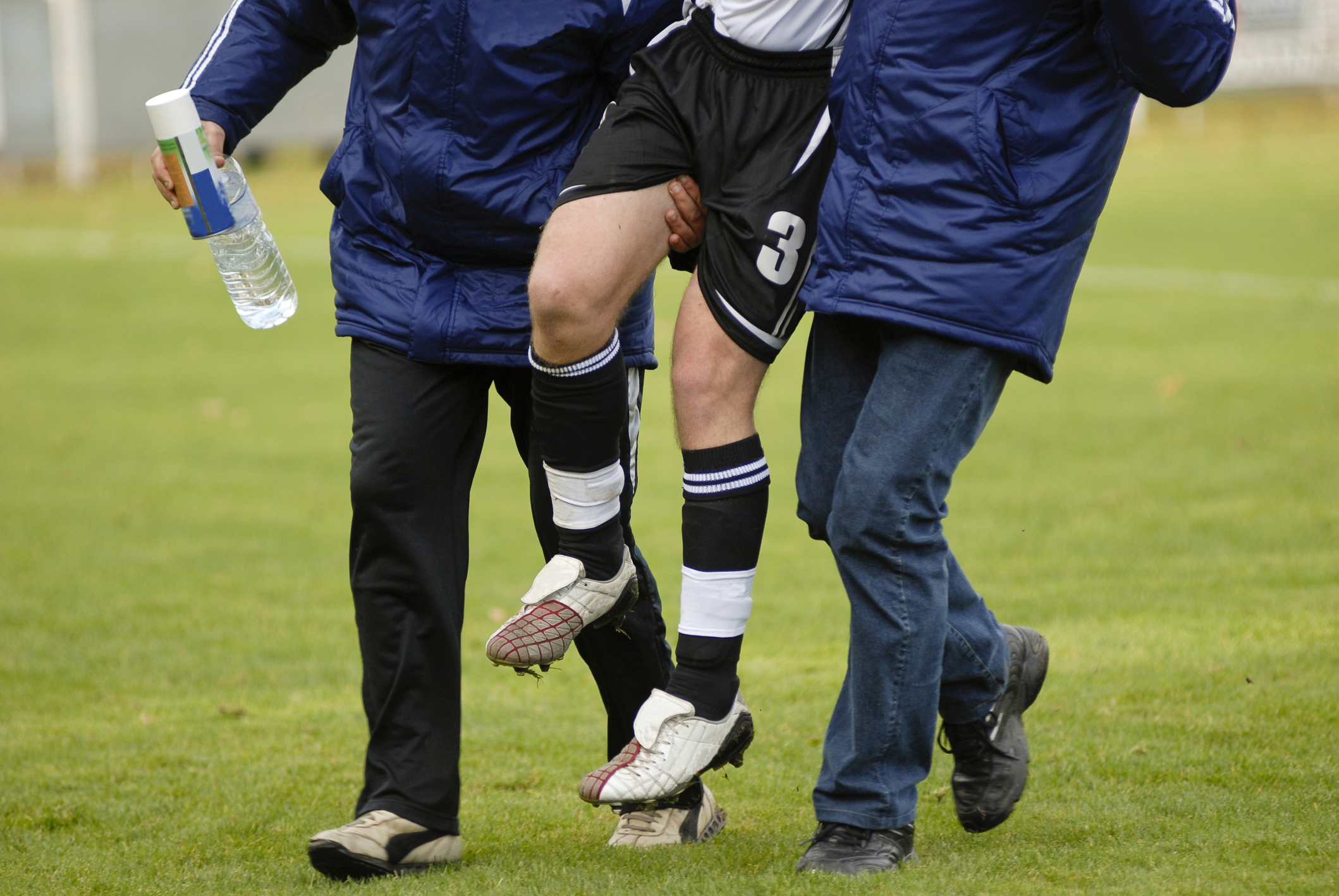Most Common Football Injuries
Playing a sport can often mean that you are at a greater risk of injuring yourself, and it’s not something you can always avoid. We often see footballers being stretchered off in pain during matches and sometimes our favourite players can be out of play for weeks or months at a time. Here we take a look at some of the most common football injuries, and how physiotherapy for sport injuries could help in your recovery process.
Most football injuries involve the lower extremities, including the groin, knee and foot; this is purely down to the fact that it is these areas under the most stress and pressure while playing football.
Hamstring injury
The hamstring runs from behind the knee up the back of the leg to the glutes; the hamstring is any of the three tendons in the thigh muscle, or the muscle itself. It is possibly one of the most important parts of the anatomy to aggravate because they are very important in controlling speed and power. Often lasting 2 to 4 weeks to heal, a hamstring injury is one of the most common injuries incurred by players.
You’ll know you have injured your hamstring if you experience sudden pain or tenderness in the back of your thigh. To try and avoid this injury, you must ensure you take part in a proper pre-match warm up with plenty of stretches. A physiotherapist can help to provide you with a suitable exercise programme to ensure your hamstring muscles do not shrink while you are recovering.
Ankle sprain
The ankle utilises 3 different joints to create a wide range of movement. Ligaments can become stretched, partially tear or even completely snap if you incur an ankle sprain. This injury could set you back any time between a week and a month.
Injuries to the ankle can sometimes be tricky to avoid; it is the ankle that is usually sustained in heavy contact throughout a football match due to tackling!
Anterior cruciate ligament
This is an injury that most footballers would want to avoid at all costs! The ACL is a band of tissue that connects the thigh bone to the shin bone at the knee joint. Even if this ligament is tweaked during a match, you could be on the sideline for months; tear it and you could have problems for life.
Building up muscles around the knee is a great way to help protect yourself from this injury. Wobble board training, which can be given by physiotherapists, is thought to help the knees’ sensory reactions under strain. It can also improve the body’s sense of balance during sudden movements.
Knee cartilage tear
Otherwise known as damage to the meniscus, damage to the knee cartilage is another common injury for footballers. If there is a rotation caused by a twist around the knee joint while it is bearing weight, the meniscus can either be damaged or even torn. If you want to avoid this, make sure you build up your quadriceps and hamstrings. If your knee is swollen or locking and giving away, sport physio may be able to help if it is a small tear!
For all your sport injuries, book a physiotherapy appointment with our professional team so we can get you back on your feet!

